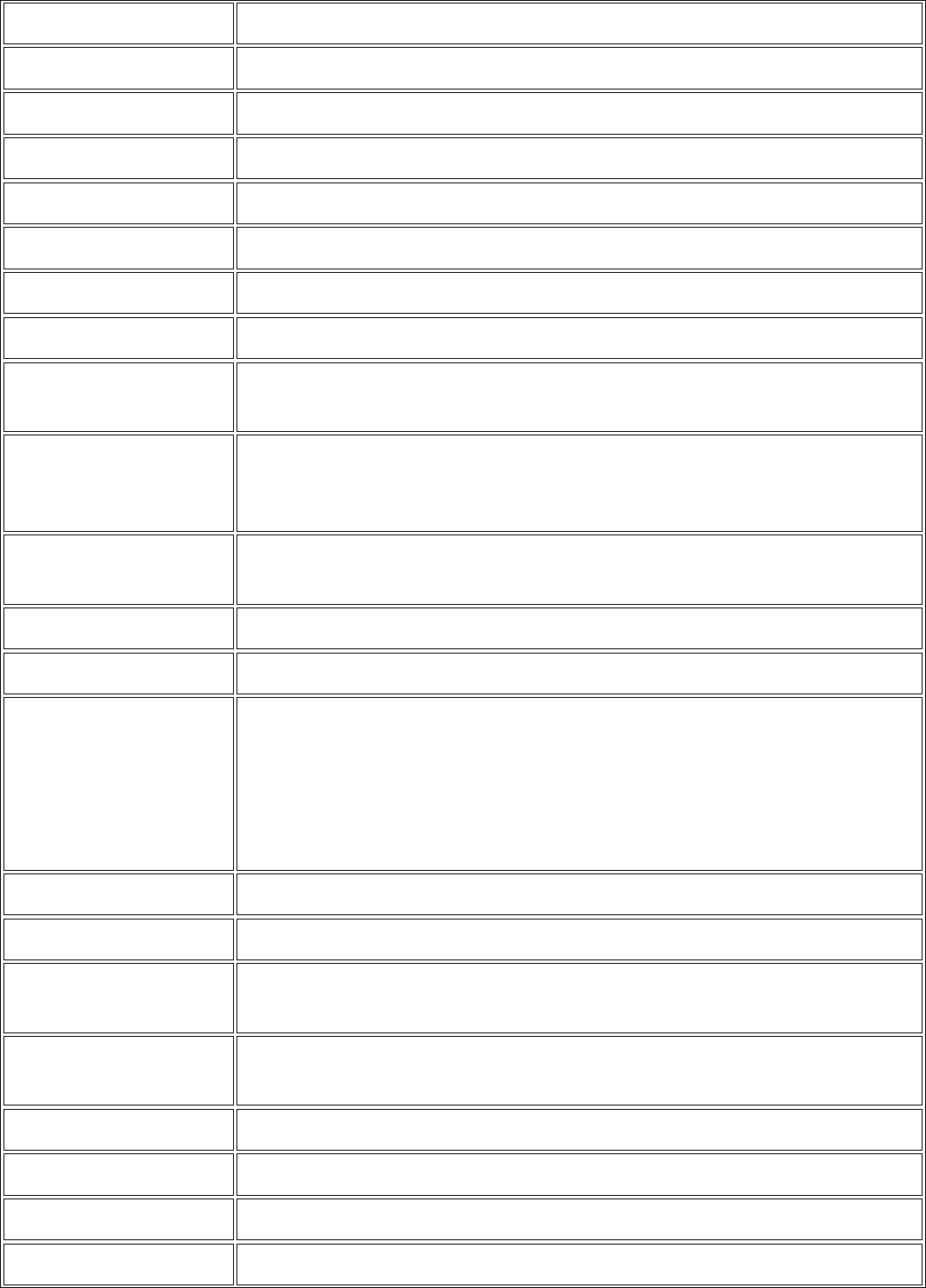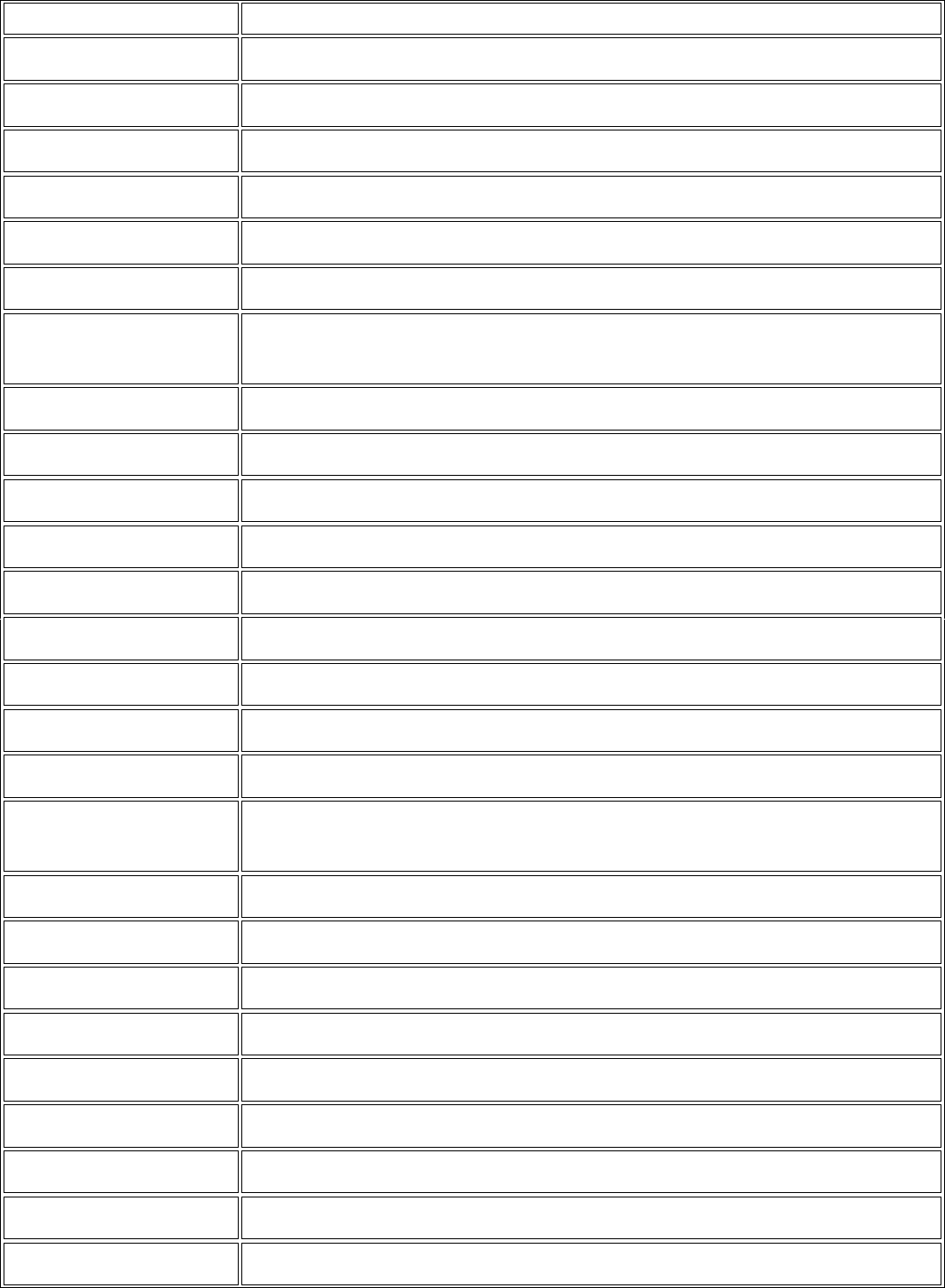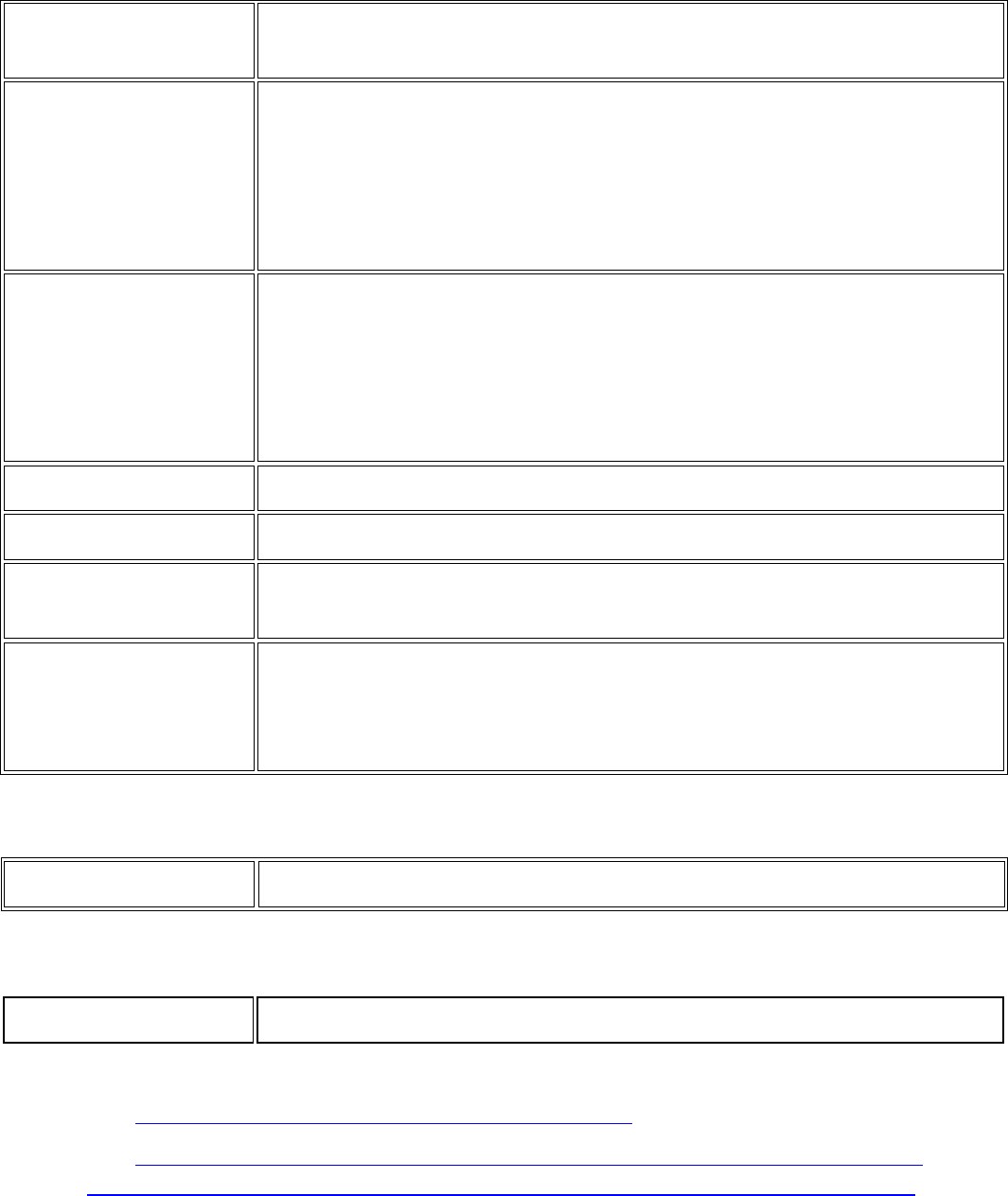
EXCEL Shortcut keys
F1
Displays the Excel Help task pane.
F2
Edits the selective cell.
F3
Displays the Paste Name dialog box.
F4
Repeats the last command or action, if possible.
When a cell reference or range is selected in a formula, F4 cycles
through all the various combinations of absolute and relative references.
F5
Displays the Go To dialog box.
F6
Switches between the worksheet, Ribbon, task pane, and Zoom controls.
In a worksheet that has been split (View menu, Manage This Window,
Freeze Panes, Split Window command), F6 includes the split panes when
switching between panes and the Ribbon area.
F7
Displays the Spelling dialog box to check spelling in the active worksheet
or selected range.
F8
Turns extend mode on or off. In extend mode, Extended Selection
appears in the status line, and the arrow keys extend the selection.
F9
Calculates all worksheets in all open workbooks.
F10
Turns key tips on or off. (Pressing Alt does the same thing.)
F11
Creates a chart of the data in the current range in a separate Chart sheet.
F12
Displays the Save As dialog box.
Ctrl+;
Enters the current date.
Ctrl+`
Alternates between displaying cell values and displaying formulas in the
worksheet.
Ctrl+'
Copies a formula from the cell above the active cell into the cell or the
Formula Bar.
Ctrl+-
Delete the selected column or row
Ctrl+~
Switch between showing Excel formula or their values in cells.
Ctrl+1
Displays the Format Cells dialog box.
Ctrl+2
Applies or removes bold formatting.
Ctrl+3
Applies or removes italic formatting.
Ctrl+4
Applies or removes underlining.
Ctrl+5
Applies or removes strikethrough.
Ctrl+6
Alternates between hiding and displaying objects.

EXCEL Shortcut keys
Ctrl+8
Displays or hides the outline symbols.
Ctrl+9
Hides the selected rows.
Ctrl+0
Hides the selected columns.
Ctrl+F1
Displays or hides the Ribbon.
Ctrl+F2
Displays the print preview area.
Ctrl+F3
Open Excel name manager.
Ctrl+F4
Closes the selected workbook window.
Ctrl+F5
Restores the window size of the selected workbook window.
Ctrl+F6
Switches to the next workbook window when more than one workbook
window is open.
Ctrl+F7
Performs the Move command on the workbook window when it is not
maximized. Use the arrow keys to move the window, and when finished
press Enter, or Esc to cancel.
Ctrl+F8
Performs the Size command (on the Control menu for the workbook
window) when a workbook is not maximized.
Ctrl+F9
Minimizes a workbook window.
Ctrl+F10
Maximizes or restores the selected workbook.
Ctrl+A
Selects the entire worksheet.
If the worksheet contains data, Ctrl+A selects the current region. Pressing
Ctrl+A a second time selects the entire worksheet.
When the insertion point is to the right of a function name in a formula,
displays the Function Arguments dialog box.
Ctrl+B
Applies or removes bold formatting.
Ctrl+C
Copies the selected cells.
Ctrl+D
Uses the Fill Down command to copy the contents and format of the
topmost cell of a selected range into the cells below.
Ctrl+E
Invoke Flash Fill to automatically recognize patterns in adjacent columns
and fill the current column
Ctrl+F
Displays the Find and Replace dialog box,
Ctrl+G
Displays the Go To dialog box.
Ctrl+H
Displays the Find and Replace dialog box, with the Replace tab selected.
Ctrl+I
Applies or removes italic formatting.

EXCEL Shortcut keys
Ctrl+K
Displays the Insert Hyperlink dialog box for new hyperlinks or the Edit
Hyperlink dialog box for selected existing hyperlinks.
Ctrl+L
Displays the Create Table dialog box.
Ctrl+N
Creates a new, blank workbook.
Ctrl+O
Displays the Open dialog box to open or find a file.
Ctrl+P
Displays the Print tab.
Ctrl+Q
Displays the Quick Analysis options for your data when you have cells
that contain that data selected.
Ctrl+R
Uses the Fill Right command to copy the contents and format of the
leftmost cell of a selected range into the cells to the right.
Ctrl+S
Saves the open worksheet.
Ctrl+T
Displays the Create Table dialog box.
Ctrl+U
Applies or removes underlining.
Ctrl+V
Inserts the contents of the Clipboard at the insertion point and replaces
any selection. Available only after you have cut or copied an object, text,
or cell contents.
Ctrl+W
Closes the selected workbook window.
Ctrl+X
Cuts the selected cells.
Ctrl+Y
Repeats the last command or action, if possible.
Ctrl+Z
Uses the Undo command to reverse the last command or to delete the
last entry that you typed.
Ctrl+Alt+F9
Calculates all worksheets in all open workbooks, regardless of whether
they have changed since the last calculation.
Ctrl+Alt+Shift+F9
Rechecks dependent formulas, and then calculates all cells in all open
workbooks, including cells not marked as needing to be calculated.
Ctrl+Alt+V
Displays the Paste Special dialog box. Available only after you have cut
or copied an object, text, or cell contents on a worksheet or in another
program.
Ctrl+Arrow
Moves to the next section of text.
Ctrl+End
Moves to the last cell on a worksheet, to the lowest used row of the
rightmost used column. If the cursor is in the formula bar,
Ctrl+End moves the cursor to the end of the text.
Ctrl+Enter
Fills the selected cell range with the current entry.

EXCEL Shortcut keys
Ctrl+Home
Moves to Cell A1.
Ctrl+Page Down
Moves to the next sheet in a workbook.
Ctrl+Page Up
Moves to the previous sheet in a workbook.
Ctrl+Spacebar
Selects an entire column in a worksheet.
Ctrl+Tab
Move between two or more open Excel files.
Ctrl+Shift+Arrow
Extends the selection of cells to the last nonblank cell in the same column
or row as the active cell, or if the next cell is blank, extends the selection
to the next nonblank cell.
Ctrl+Shift+A
Inserts the argument names and parentheses when the insertion point is
to the right of a function name in a formula.
Ctrl+Shift+F
Opens the Format Cells dialog box with the Font tab selected.
Ctrl+Shift+O
Selects all cells that contain comments.
Ctrl+Shift+P
Opens the Format Cells dialog box with the Font tab selected.
Ctrl+Shift+U
Switches between expanding and collapsing of the formula bar.
Ctrl + shift + 1
Format number in comma format
Ctrl + shift + 2
Format number in time format
Ctrl + shift + 3
Format number in date format
Ctrl + shift + 4
Format number in currency format
Ctrl + shift + 5
Format number in percentage format
Ctrl + shift + 6
Format number in scientific format
Ctrl+Shift+End
Extends the selection of cells to the last used cell on the worksheet
(lower-right corner). If the cursor is in the formula bar,
Ctrl+Shift+End
Selects all text in the formula bar from the cursor position to the end—this
does not affect the height of the formula bar.
Ctrl+Shift+Home
Extends the selection of cells to the beginning of the worksheet.
Ctrl+Shift+Page Down
Selects the current and next sheet in a workbook.
Ctrl+Shift+Page Up
Selects the current and previous sheet in a workbook.
Ctrl+Shift+Spacebar
Selects the entire worksheet.
If the worksheet contains data, Ctrl+Shift+Spacebar selects the current
region. Pressing Ctrl+Shift+Spacebar a second time selects the current
region and its summary rows. Pressing Ctrl+Shift+Spacebar a third time
selects the entire worksheet.

EXCEL Shortcut keys
When an object is selected, Ctrl+Shift+Spacebar selects all objects on a
worksheet.
Ctrl+Shift+Tab
Switches to the previous tab in a dialog box.
Ctrl+Shift
Removes the outline border from the selected cell.
Ctrl+Shift+=
Insert new column or row.
Ctrl+Shift_
Removes the outline border from the selected cells.
Ctrl+Shift+~
Applies the general number format.
Ctrl+Shift+$
Applies the Currency format with two decimal places (negative numbers
in parentheses).
Ctrl+Shift+%
Applies the Percentage format with no decimal places.
Ctrl+Shift+&
Applies the outline border to the selected cells.
Ctrl+Shift+^
Applies the Scientific number format with two decimal places.
Ctrl+Shift+#
Applies the Date format with the day, month, and year.
Ctrl+Shift+@
Applies the Time format with the hour and minute, and AM or PM.
Ctrl+Shift+!
Applies the Number format with two decimal places, thousands separator,
and minus sign (-) for negative values.
Ctrl+Shift+*
Selects the current region around the active cell (the data area enclosed
by blank rows and blank columns).
In a PivotTable, it selects the entire PivotTable report.
Ctrl+Shift+:
Enters the current time.
Ctrl+Shift+”
Copies the value from the cell above the active cell into the cell or the
Formula Bar.
Ctrl+Shift+Plus (+)
Displays the Insert dialog box to insert blank cells.
Ctrl+Minus (-)
Displays the Delete dialog box to delete the selected cells.
Ctrl+Shift+:
Enters the current time.
Shift+F2
Adds or edits a cell comment.
Shift+F3
Displays the Insert Function dialog box.
Shift+F4
Repeats the last Find action.
Shift+F5
Displays the Find and Replace dialog box,
Shift+F6
Switches between the worksheet, Zoom controls, task pane, and Ribbon.
Shift+F8
Enables you to add a nonadjacent cell or range to a selection of cells by

EXCEL Shortcut keys
using the arrow keys.
Shift+F9
Calculates the active worksheet.
Shift+F10
Displays the shortcut menu for a selected item.
Shift+F11
Inserts a new worksheet.
Shift+Arrow
Extends the selection of cells by one cell.
Shift+Enter
Completes a cell entry and selects the cell above.
Shift+Spacebar
Selects an entire row in a worksheet.
Shift+Tab
Moves to the previous cell in a worksheet or the previous option in a
dialog box.
Alt
Displays the Key Tips (new shortcuts) on the Ribbon.
Alt+=
Creates formula to sum all of the above keys
Alt+Enter
Starts a new line in the same cell.
Alt+Page Down
Moves one screen to the right in a worksheet.
Alt+Page Up
Moves one screen to the left in a worksheet.
Alt+Spacebar
Displays the Control menu for the Excel window.
Alt+F1
Creates an embedded chart of the data in the current range.
Alt+F4
Closes Excel.
Alt+F8
Displays the Macro dialog box to create, run, edit, or delete a macro.
Alt+F11
Opens the Microsoft Visual Basic For Applications Editor, in which you
can create a macro by using Visual Basic for Applications (VBA).
Alt+A
Go to Data tab
Alt+H
Go to the Home tab
Alt +H, A, then C
Center align cell contents
Alt+H, B
Add borders
Alt+H, H
Choose a fill color
Alt+M
Go to Formula tab
Alt+N
Go to Insert tab
Alt+W
Go to View tab
Alt, W, P
Switches the worksheet to Page Layout view.

EXCEL Shortcut keys
Alt, W, L
Switches the worksheet to Normal view.
Alt, W, I
Switches the worksheet to Page Break Preview view.
Alt+Shift+F1
Inserts a new worksheet.
Alt+Shift+F10
Displays the menu or message for an Error Checking button.
Arrow Keys
Move one cell up, down, left, or right in a worksheet.
Left Arrow or Right
Arrow
Selects the tab to the left or right when the Ribbon is selected. When a
submenu is open or selected, these arrow keys switch between the main
menu and the submenu. When a Ribbon tab is selected, these keys
navigate the tab buttons.
Down Arrow or Up
Arrow
Selects the next or previous command when a menu or submenu is open.
When a Ribbon tab is selected, these keys navigate up or down the tab
group.
Down Arrow or
Alt+Down Arrow
Opens a selected drop-down list.
Backspace
Deletes one character to the left in the Formula Bar.
Also clears the content of the active cell.
In cell editing mode, it deletes the character to the left of the insertion
point.
Delete
Removes the cell contents (data and formulas) from selected cells
without affecting cell formats or comments.
In cell editing mode, it deletes the character to the right of the insertion
point.
End
End turns End mode on or off. In End mode, you can press an arrow key
to move to the next nonblank cell in the same column or row as the active
cell. End mode turns off automatically after pressing the arrow key. Make
sure to press End again before pressing the next arrow key. End mode is
shown in the status bar when it is on.
If the cells are blank, pressing End followed by an arrow key moves to the
last cell in the row or column.
End also selects the last command on the menu when a menu or
submenu is visible.
Enter
Completes a cell entry from the cell or the Formula Bar, and selects the
cell below (by default).
In a data form, it moves to the first field in the next record.
Opens a selected menu (press F10 to activate the menu bar) or performs
the action for a selected command.

EXCEL Shortcut keys
In a dialog box, it performs the action for the default command button in
the dialog box (the button with the bold outline, often the OK button).
Esc
Cancels an entry in the cell or Formula Bar.
Closes an open menu or submenu, dialog box, or message window.
It also closes full screen mode when this mode has been applied, and
returns to normal screen mode to display the Ribbon and status bar
again.
Home
Moves to the beginning of a row in a worksheet.
Moves to the cell in the upper-left corner of the window when Scroll Lock
is turned on.
Selects the first command on the menu when a menu or submenu is
visible.
Page Down
Moves one screen down in a worksheet.
Page Up
Moves one screen up in a worksheet.
Spacebar
In a dialog box, performs the action for the selected button, or selects or
clears a check box.
Tab
Moves one cell to the right in a worksheet.
Moves between unlocked cells in a protected worksheet.
Moves to the next option or option group in a dialog box.
Extra shortcut keys for Excel 2010.
CTRL+SHIFT+(
Unhides any hidden rows within the selection.
Extra shortcut keys for Excel 2007.
CTRL+SHIFT+)
Unhides any hidden columns within the selection.
Ref: http://www.computerhope.com/shortcut/excel.htm
Ref: https://support.office.com/en-gb/article/Excel-keyboard-shortcuts-and-function-
keys-for-Windows-1798d9d5-842a-42b8-9c99-9b7213f0040f#ID0EABDAAA=2013
